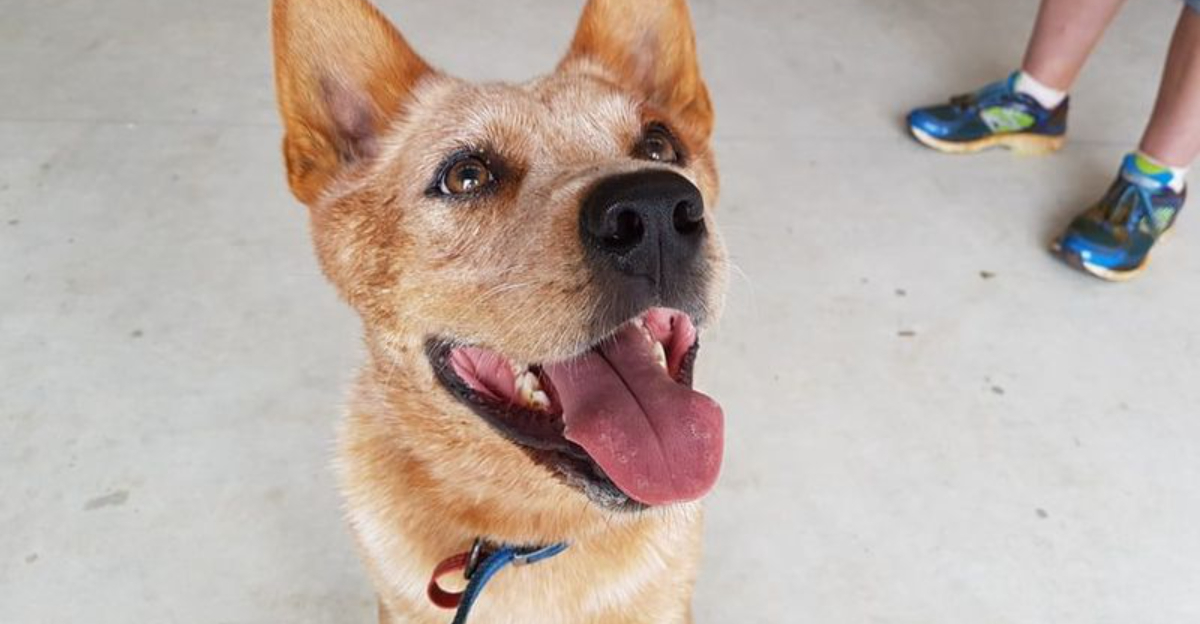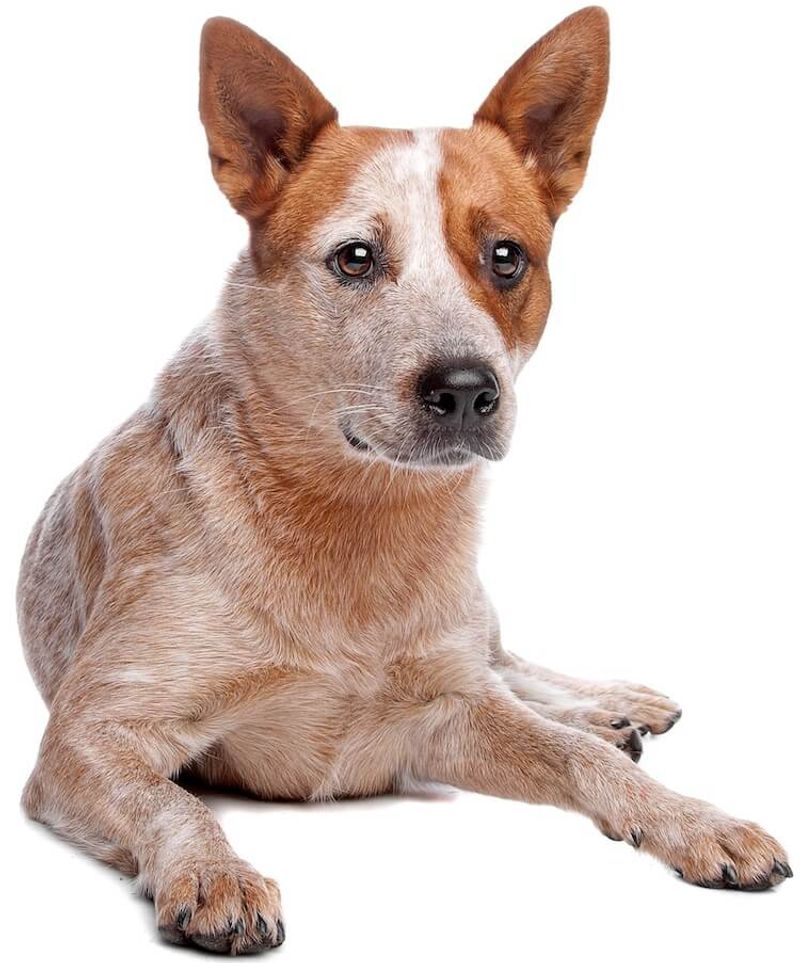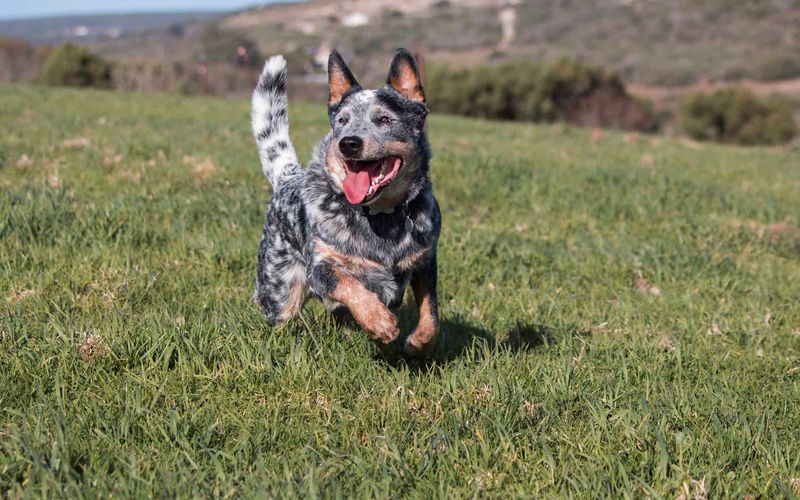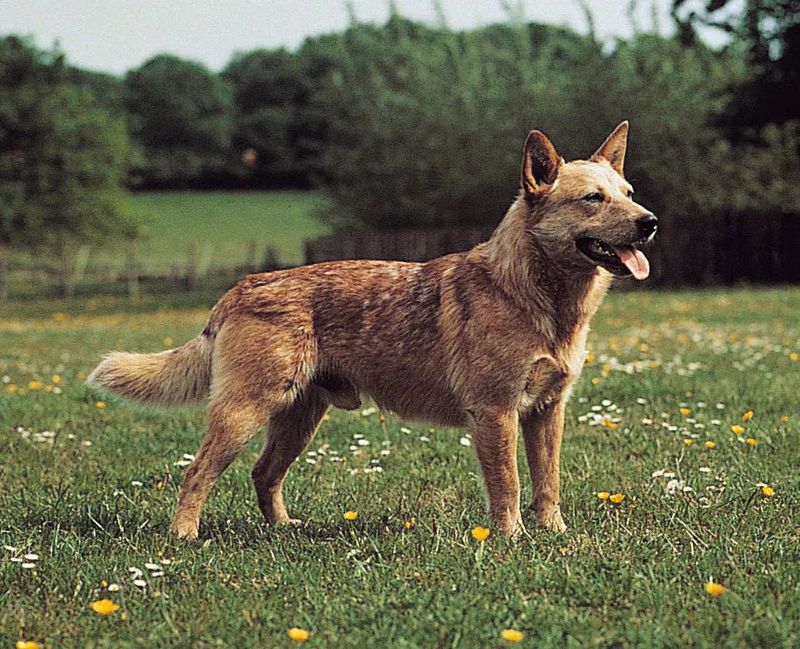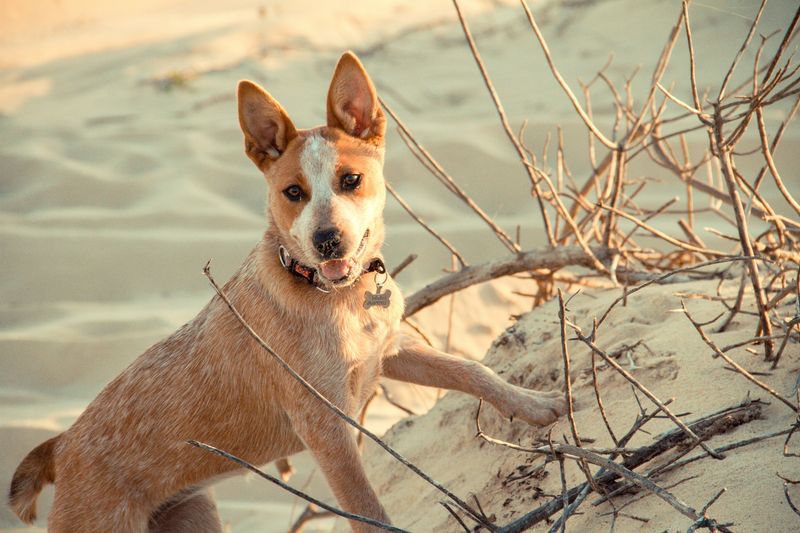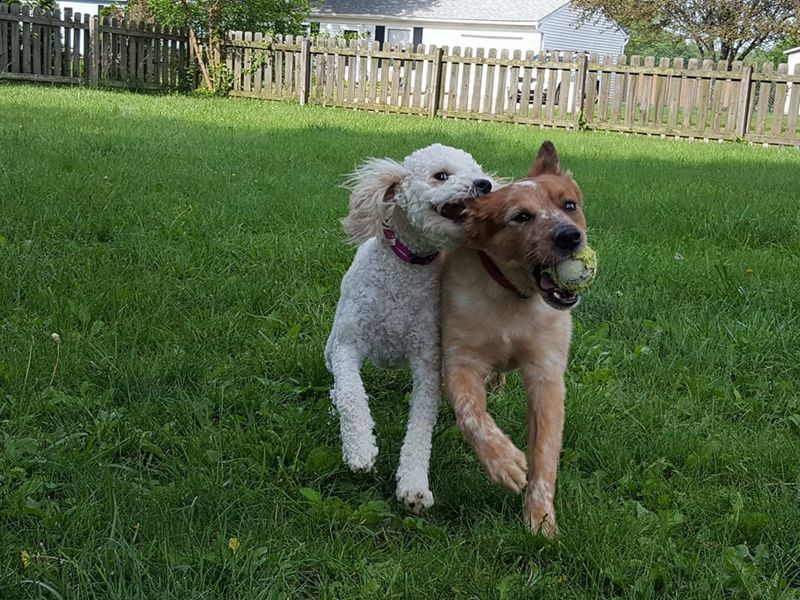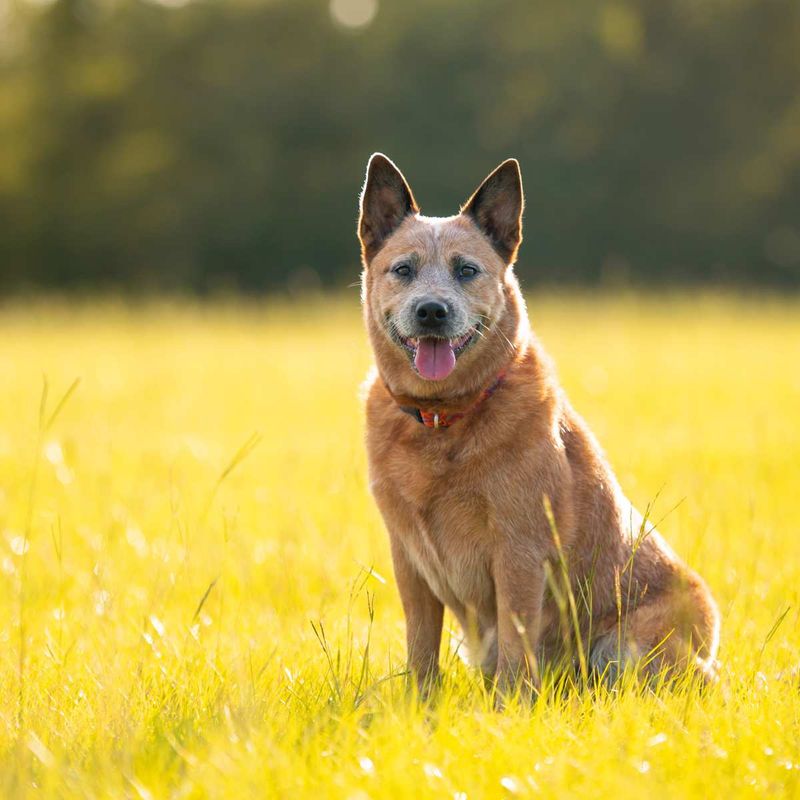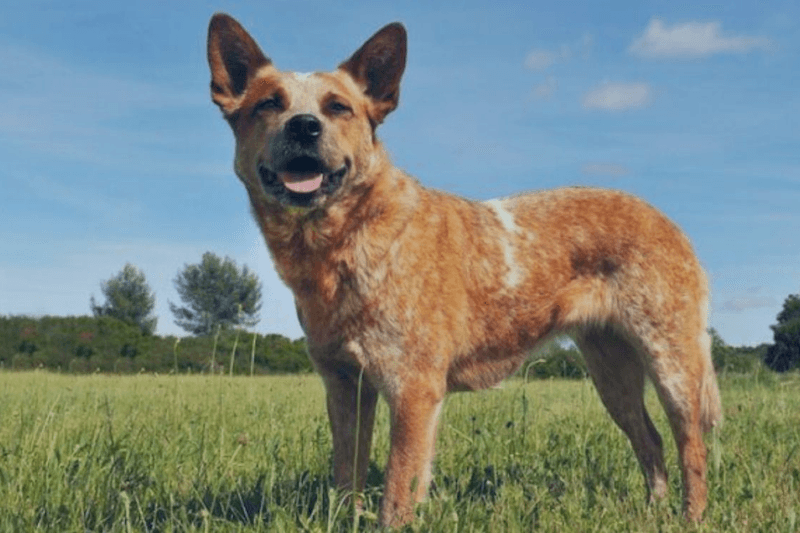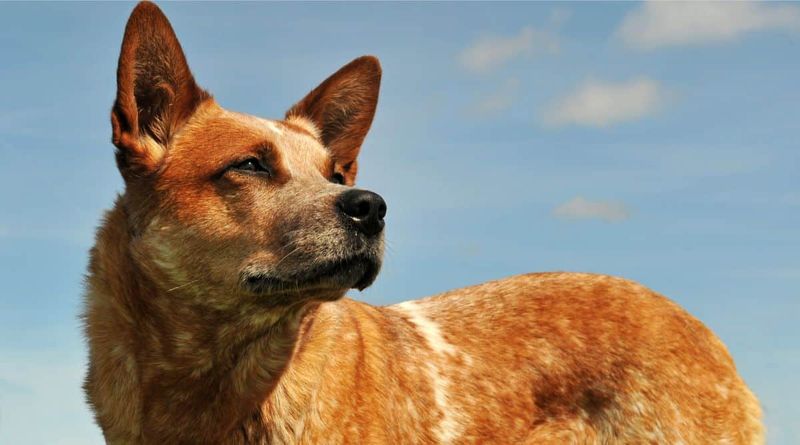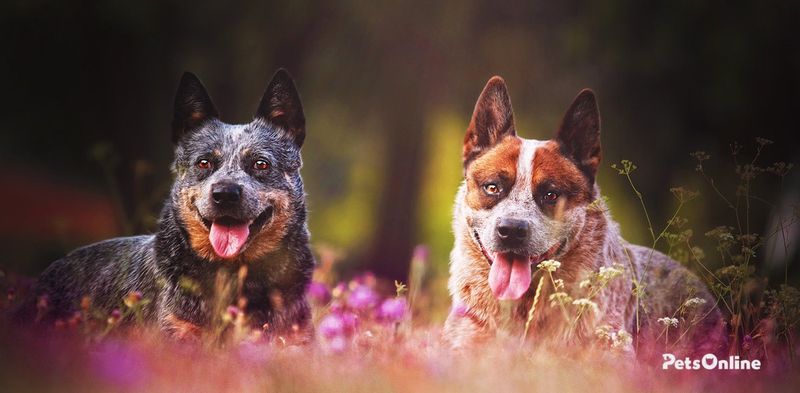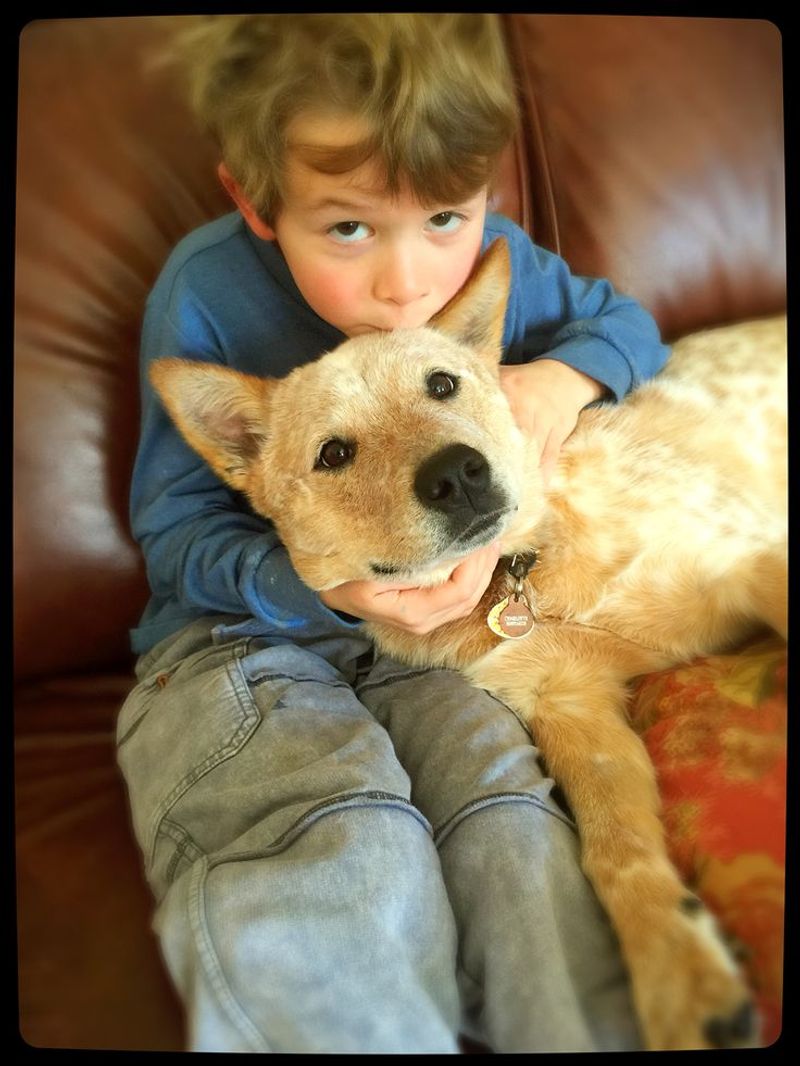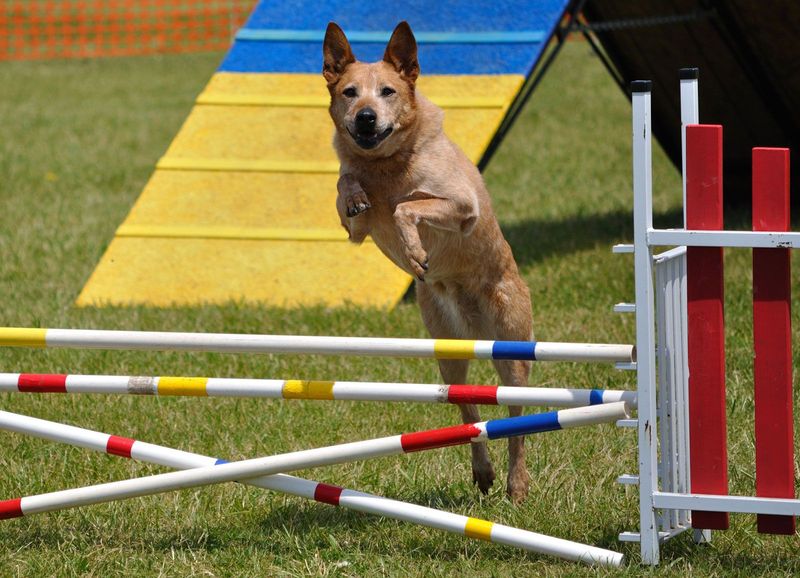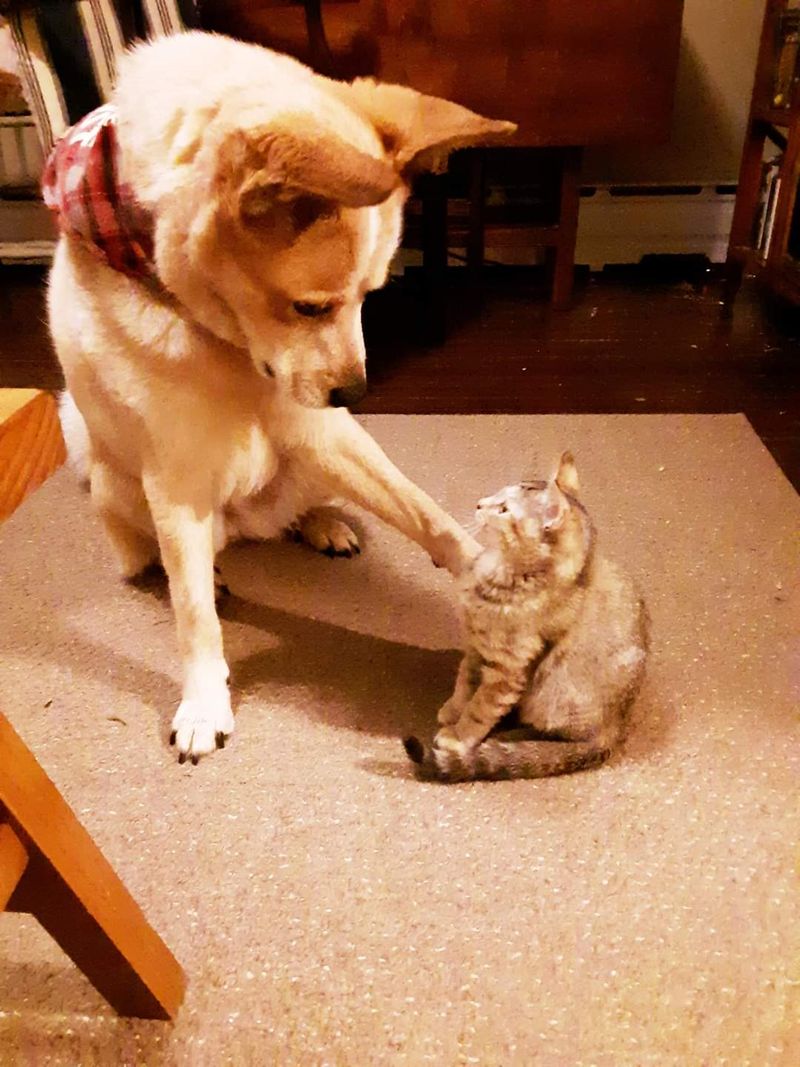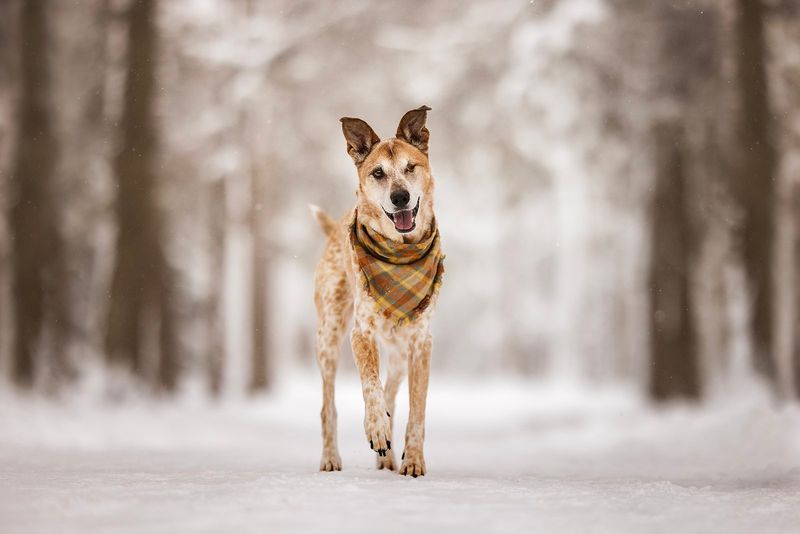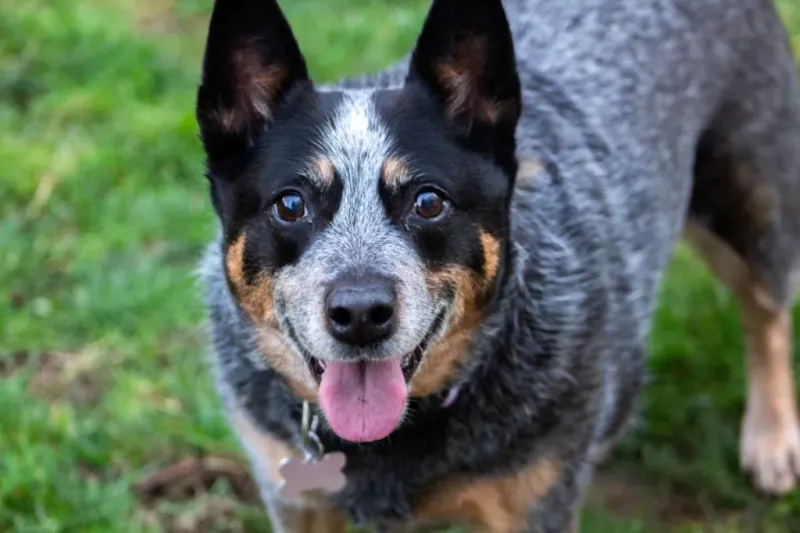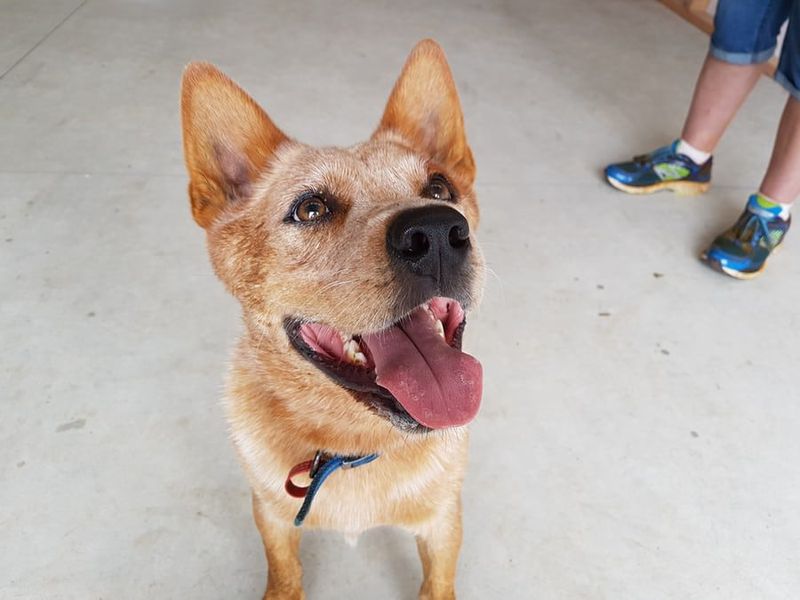Adopting a Red Heeler, known for its vibrant energy and herding prowess, can be a rewarding yet demanding experience. These dogs are not just loyal companions, but they also require an understanding of their unique needs and characteristics. Before you bring one into your home, it’s crucial to be prepared for a lifestyle full of activity and companionship. Here are 15 essential things to know that will help you provide the best care for your new furry friend.
High Energy Levels
Known for their boundless energy, Red Heelers thrive on physical activity. Picture them darting across a field, their muscles rippling with each stride. If you’re considering adopting one, be ready for a daily regimen of exercise. These dogs need more than just a walk around the block. Incorporate games like fetch or agility training to keep them mentally stimulated. Their history as cattle dogs means they have stamina to spare. Without sufficient exercise, they might turn their energy towards your furniture. A tired Heeler is a happy Heeler, so embrace their zest for life!
Intelligent and Trainable
Red Heelers are incredibly intelligent, often mastering commands with ease. Imagine a dog that can follow instructions like a seasoned pro. Their sharp minds require regular mental challenges, making training both a necessity and a joy. Positive reinforcement works wonders, so arm yourself with treats and patience. Consistency is key; these dogs thrive on routine and clear expectations. Their eagerness to learn is matched only by their loyalty. Training sessions are a bonding experience, strengthening the connection between you and your Heeler. Prepare for a rewarding journey of mutual understanding!
Strong Herding Instincts
With a heritage rooted in herding, Red Heelers possess a strong instinct to corral. Watch them circle a group of sheep, their focus and determination unmistakable. This instinct can manifest in daily life, sometimes herding family members or other pets. While this behavior is charming, it can be problematic if not directed correctly. Channel their instincts through structured activities like herding trials or obedience classes. Understanding this trait is crucial; it’s what makes them exceptional working dogs. Embrace their heritage, and you’ll find a companion eager to please and work alongside you.
Loyalty and Protective Nature
The bond you’ll share with a Red Heeler is like no other. Their loyalty is fierce, often forming deep attachments to their family. Picture a vigilant guardian, always by your side, ready to protect. This protective nature makes them excellent watchdogs. However, early socialization is important to prevent overprotectiveness. Introduce them to various environments and people to foster confidence. Their loyalty extends to children, often watching over them like devoted nannies. With proper guidance, their protective instincts become a comforting presence, offering a sense of security to those they love.
Need for Socialization
Socialization is key to a well-rounded Red Heeler. Without it, they might become wary of new experiences or overly cautious. Imagine them interacting joyfully with other dogs in a vibrant park, tails wagging in delight. Expose them to diverse environments and various animals early on. This helps them grow into adaptable and confident adults. Socialization reduces anxiety and enhances their natural friendliness. It’s a vital part of their upbringing, ensuring they remain balanced and happy. Embrace the opportunity to explore the world together, enriching both their lives and yours.
Grooming and Coat Care
The Red Heeler’s coat is a masterpiece of nature, adorned with speckles and vibrant colors. Regular grooming is essential to keep them looking their best. Imagine running your fingers through their dense fur, feeling its texture. Brushing their coat helps reduce shedding and keeps it healthy. Pay attention to their nails and teeth too; grooming is more than just fur. An occasional bath will suffice, as they’re generally clean dogs. Their grooming routine is an opportunity for bonding, allowing for moments of calm amidst their energetic lifestyle.
Health and Lifespan
Red Heelers are robust dogs, often enjoying a long, healthy life. On average, they live between 12 to 16 years. Visualize a strong, agile dog standing proudly during a vet checkup. Regular veterinary visits are crucial to monitor their health. Common issues include hip dysplasia and progressive retinal atrophy, so keep an eye out for symptoms. A balanced diet and regular exercise contribute to their longevity. Be proactive about their health, ensuring they remain active and vibrant throughout their lives. Your Red Heeler will likely be a steadfast companion for many joyful years.
Space Requirements
Red Heelers are not ideal for apartment living. They thrive in environments where they can move freely, like a spacious backyard. Envision them basking in the sun, exploring every inch of their domain. If you have limited space, ensure they get ample time outside. Visits to parks or rural areas will satisfy their need to roam. These dogs are happiest when they can stretch their legs and explore. If you can provide them with this space, they’ll reward you with unwavering affection and enthusiasm.
Dietary Needs and Nutrition
Feeding a Red Heeler involves more than just filling a bowl; their diet impacts their vitality. Picture them eagerly crunching on nutritious kibble, eyes gleaming with satisfaction. Provide high-quality dog food, rich in proteins and vitamins. Monitor their weight to prevent obesity, adjusting portions as needed. Incorporate variety, such as raw or cooked meats, to enhance their diet. Hydration is equally important; always ensure they have fresh water. Their dietary needs align with their energetic lifestyle, supporting their health and vigor. A well-fed Heeler is a happy, active companion.
Compatibility with Families
Red Heelers are family-oriented, often forming bonds with each member of the household. Picture them playfully interacting with children, their gentle nature evident. Their energy matches that of youngsters, creating harmonious playtime. Supervision is recommended during initial interactions to ensure mutual respect. They’re known for being protective, often watching over family members. With proper socialization, they integrate well into family life. Their loyalty extends to all, promising a lifetime of companionship and shared adventures. Embrace their presence, and they’ll enrich your family dynamic with joy and love.
Exercise and Activity Needs
Exercise is a cornerstone of a Red Heeler’s life, essential for their happiness and health. Imagine them navigating an agility course, their athletic prowess on full display. Regular, varied activities prevent boredom and destructive behavior. Incorporate running, hiking, or agility training into their routine. Mental stimulation is equally important; puzzle toys or training sessions keep their minds sharp. A well-exercised Heeler is a content and well-behaved one. Embrace their love for activity, and you’ll enjoy a dynamic and enriching companionship.
Behavior with Other Pets
Introducing a Red Heeler to other pets requires patience and understanding. Visualize them sharing space with a cat, both relaxed and at ease. Their herding instincts might initially cause them to chase or herd other animals. Gradual introductions and positive reinforcement foster harmony. Supervise interactions and set boundaries early on. With time and training, they can become great companions to other pets. Their adaptable nature allows them to adjust to multi-pet households, provided they receive guidance and support.
Adaptability to Weather
Red Heelers are adaptable to various weather conditions, thanks to their resilient coats. Picture them frolicking in snow, their vibrant color contrasting the white landscape. Their double coat provides insulation against cold, but they also adapt well to warmer climates. Ensure they have shelter during extreme temperatures, and consider their needs based on the season. Hydration is key during hot months, while warmth is essential in cold weather. Their adaptability means they’ll thrive in many environments, as long as their basic needs are met.
Common Temperament Traits
Known for their alert and curious nature, Red Heelers are ever-watchful companions. Imagine them exploring a garden, ears perked in curiosity. Their temperament is a blend of intelligence, loyalty, and playfulness. Early training helps manage their assertiveness, ensuring they remain well-mannered. They’re often eager to please, making them responsive to commands. Their lively spirit requires an owner who can provide guidance and understanding. Engage with them through activities and bonding moments, and you’ll discover a deeply rewarding relationship.
Historical Background and Origin
The Red Heeler’s roots trace back to 19th-century Australia, bred to herd cattle over vast distances. Picture early settlers relying on these dogs, their robust nature perfect for the Australian outback. Their lineage includes the Dingo, endowing them with resilience. Understanding their history enriches our appreciation of their traits. These dogs were essential to ranchers, known for their stamina and ingenuity. Today, they carry this legacy, embodying a spirit of hard work and loyalty. Embrace their past, and you’ll find a companion steeped in history and purpose.
